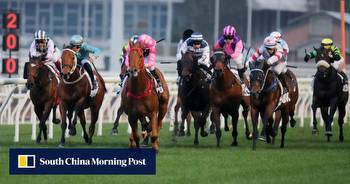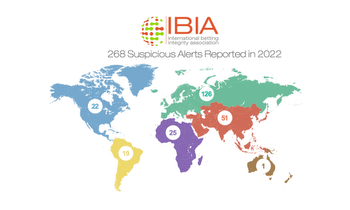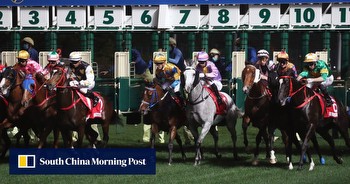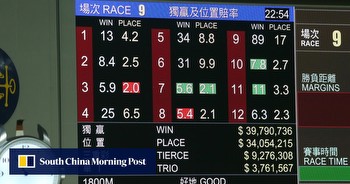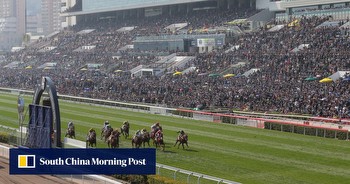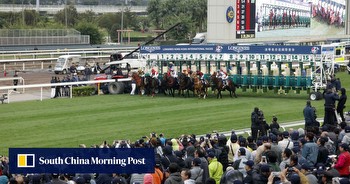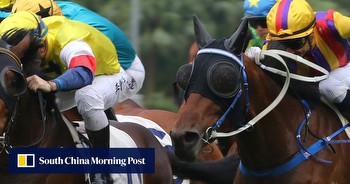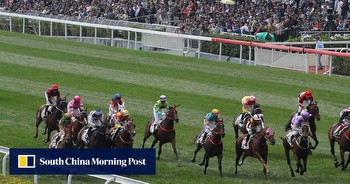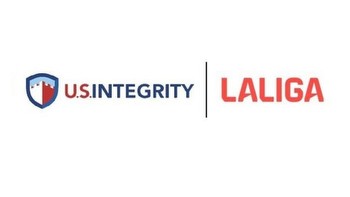HKJC builds betting profiles on every jockey and trainer to help fight against corruption

The hi-tech monitoring systems that busted jockey Nash Rawiller have been detailed by the Hong Kong Jockey Club as part of the Asian Racing Federation’s new handbook on good practices for addressing illegal betting.
In 2018, Rawiller was disqualified for 15 months for receiving money or gifts in return for tips with the breaches discovered as part of the bet-monitoring process.
Jockey Club executive manager of racing integrity and betting analysis Tom Chignell highlighted how his team has dossiers on every jockey and trainer in Hong Kong, funnelling all the trends from both the legal and illegal betting markets into a system with alerts to flag anything suspicious.
“A big part of our analysis is looking at long-term trends and the historic bet offers can be scrutinised with a ‘big data-type approach’. Long-term irregular betting trends on jockeys and trainers which are suspicious are automatically flagged,” Chignell said.
“For example, is the same jockey or trainer subject to the largest lay bet offers this month? We have developed betting alerts – an effective way to consistently assess and present betting information.
“In 2018, a leading jockey in Hong Kong was banned for breaching our rules because we had these systems in place. Suspicious betting patterns were flagged through bet monitoring, which then triggered an investigation and we had an inquiry and a disciplinary process.
“Creating betting profiles on individual racing participants can include betting alerts and other related statistics. These reports can help develop a strategic response to integrity threats.”
With the total amount of money wagered on racing and sports worldwide illegally estimated to be between US$340 billion and US$1.7 trillion, the Jockey Club places a big emphasis on understanding what is happening in that space.
Lay betting – the ability to place a wager on a horse to lose – through unlicensed exchanges such as Citibet is a particular area of concern because “they are the obvious place to go if you’re going to cheat”.
Analysts study the movements of those markets closely in real-time, flagging anything that could be an integrity threat.
“We monitor price movements and price differences between the legal market and the illegal market. We also monitor the actual financial size of lay bets made on illegal betting exchanges,” Chignell said.
“There are lay bet offers of HK$999,999 – and that’s been offered on one horse. These lay offers equate to more than HK$2 million and the liabilities on those bets are much greater.
“Factors such as the size of the lay bet offer, the time of the bet and the price are all factored into our analysis to help identity suspicious or irregular betting activity.
“Estimated turnover calculations on each runner help us to identify aggressive lay betting made on the illegal market.
“Activity on the illegal market is directly compared to the legal market and any significant difference, such as turnover differences outside the norm, is automatically flagged and we look into further.”
These intelligence reports analyse specific races, jockeys, trainers and owners and identify any areas of concern.
“Illegal betting continues to grow and illegal operators are perceived to be a safe haven for racing and match-fixers,” Chignell said. “[Bet monitoring] is critical to maintaining the integrity and reputation of the sport.”
Developed by the ARF’s Council on Anti-Illegal Betting and Related Financial Crime, the handbook was launched last week and is designed to help sporting administrators understand the negative impact of illegal betting and to highlight good practices in addressing them.
As well as bet monitoring and analysis, it addresses issues including the breadth and depth of the illegal marketplace, intelligence gathering, working with law-enforcement agencies and stakeholder engagement.













